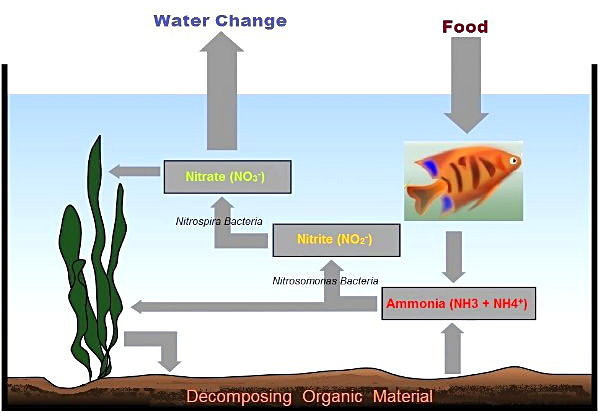When it comes to the bacterial starters the most important bacteria; strain to colonize are the Nitrospira. These bacteria can do two things of major importance in a tank. It was initially thought that they were the primary nitrite oxidizers in tanks. Then about 8 years ago it was discovered that the Nitrospira can actually oxidize ammonia straight to nitrate. These bacteria are essential to have in a cycled tank.
Now comes the problem. The Nitrospira and the method for detecting them are protected by a patent. This is held jointly between Dr, Timothy Hovanec, the maker of Dr. Tim's One and Only, and Tetra. They share the patent. So One and Only and Safe Start are the only bacterial starter products which contain Nitrospira.
The next thing to understand is when using any other starter product, their nitrite oxidizer will all die off and be replaced by Nitrospira. The thing about cycling is you almost cannot prevent it. Nature is smarter and better than we are at this stuff. The trick is for us not to harm or kill fish.
Since you have fish-in trying to cycle, I will not give you any further help as I am strongly opposed ti fish-in cycling. However, I wrote two more cycling related articles for the site. They deal with a fish-in cycle gone wild. It is in two parts. The first thing to know is you do not need to do and should not do water changes to deal with nitrite during a cycle involving fish. The reason why is fully explained in the second Rescue article.
Water changes slow a cycle. That means when fish are involved you will stress them with frequent water changes and you will cause them to be exposed to nitrite levels for no reason. Chloride in salt blocks the nitrite from entering the fish. So that means you can let the bacteria needed reproduce at the maximum rate and that means the nitrite is completely gone a lot sooner. When a fish has nitrite in it's system it takes a day or two to work it's way out. But as long as there is still nitrite in the water entering the fish, the problems caused by nitrite will persist. Block it with chloride and the fish will be fine. All you have to do is to wait for the Nitrospira to reproduce sufficiently.
The only solution for ammonia is to change water. But the thing is it matters what ppm of total ammonia one has. The lower the pH the less toxic ammonia is. Please read the Resuce articles and learn all about this stuff.
I am happy to help if you follow what its in the Resuce articles. If you want to go another route and listen to somebody else, that is fine. I will simply back off. The one thing that is for certain is that you should only listen to one voice. Shut out the rest. That way you will succeed or fail because of what you were told. And you can learn from the outcome. But when you try to listen to multiple voices telling you different things and then you try to mix them, you are almost sure to fail, IMO.



